
Are you feeling mentally drained by the end of the day, even if you haven't tackled a mountain of tasks? Do you find yourself making impulsive decisions you later regret? You might be suffering from decision fatigue, a common yet often overlooked productivity killer. But don't worry, this week's "Tweak-A-Week" is here to help! We're diving into the science of decision fatigue and providing actionable strategies to simplify your daily routine, boost your productivity, and help you make better decisions. Get ready to reclaim your cognitive bandwidth and unlock a more focused, efficient you.
### Making Decisions: The Science and Impact of Choice Overload
In today's hyper-connected world, we're bombarded with choices. From what to eat for breakfast to which project to prioritize, the sheer volume of decisions we face daily can be overwhelming. But decision fatigue isn't just a feeling; it's a biological reality. Research shows that adults make approximately 35,000 decisions every single day [10]! That's a lot of mental energy expenditure.
Neuroscientific research confirms that repeated decisions deplete glucose in the prefrontal cortex, the brain's executive function center [11, 13]. As Dr. Lisa MacLean, a psychiatrist at Henry Ford Health, explains, this depletion leads to procrastination, impulsivity, avoidance, and indecision [1]. Think about it: have you ever put off a crucial task, made an impulse purchase online, or simply felt paralyzed by too many options? These are all classic signs of decision fatigue.
The impact can be significant. Consider this: studies have shown that judges are far more likely to grant parole in the morning (around 65%) than in the late afternoon (a mere 10%) [13]. This stark difference highlights how depleted cognitive resources can drastically affect even the most important decisions. Cornell University researchers also note that food-related choices alone exceed 226 daily [10], adding to the constant mental strain. Even project teams can suffer from "choice overload" when it comes to task assignments and resource allocation [2].
The good news? Recognizing the problem is the first step towards finding a solution. High-performing individuals like Barack Obama famously minimized trivial decisions, such as wearing identical suits, to conserve cognitive bandwidth for critical governance [5]. This illustrates a crucial point: decision quality deteriorates not from a lack of ability, but from biological limitations [11, 13].
### Getting More Done Through Cognitive Preservation
Decision fatigue stealthily erodes productivity. When cognitively depleted, individuals require 40% longer to complete analytical tasks and exhibit 30% higher error rates in problem-solving [11, 13]. This translates to missed deadlines, compromised quality, and "analysis paralysis" within project teams [2]. Often, the root cause of inefficiency – decision fatigue – is overlooked, perpetuating a cycle of underperformance [2].
But how can we combat this? By actively preserving our cognitive resources.
A London-based fintech startup, facing rapid scaling, eliminated "decision gridlock" by implementing a 90-second prioritization ritual for leaders [14]. This technique, rooted in neuroscience, involved categorizing choices into "critical," "delegable," "deferrable," or "discardable." The result? Meeting times were reduced by 25%, and product launches accelerated [14]. Similarly, clinicians facing life-or-death choices adopt "cognitive stacking," batching routine decisions (e.g., patient handoffs) to reserve peak mental acuity for complex diagnoses [9].
These examples demonstrate that preserving decision capacity directly correlates with output volume and quality. By strategically simplifying our routines, we can free up mental energy for the tasks that truly matter.
### Being More Productive with Structured Frameworks
Productivity frameworks offer a powerful antidote to decision fatigue by automating choices through predetermined criteria. The Eisenhower Matrix, for instance, classifies tasks based on urgency and importance, transforming ambiguous prioritization into systematic action [8]. Time Blocking involves allocating fixed periods for specific work types, minimizing context-switching, which can drain up to 20% of cognitive reserves per transition [2, 8]. The Pomodoro Technique segments work into 25-minute focused intervals, leveraging the brain's natural rhythm to sustain concentration [8].
James Clear, author of *Atomic Habits*, emphasizes "designing for default" through visual cues and simplicity [12]. This could involve pre-packing gym bags to eliminate morning exercise debates or restricting browser tabs during deep work sessions [12, 15].
A 2025 study in *Nature Human Behaviour* confirmed that such structured approaches reduce mental fatigue by 40%, enabling professionals to maintain peak productivity for 2.3 hours longer daily [14]. The key takeaway? Productivity soars when routines replace deliberation.
### Better Time Management via Strategic Automation
Effective time management mitigates decision fatigue by externalizing choices. AI-driven tools are revolutionizing scheduling, with platforms like Clockwise and Reclaim.ai optimizing calendars based on energy cycles and priorities [16].
A multinational bank case study demonstrated the power of AI: after feeding meeting transcripts into large language models (LLMs), summaries and action items were auto-generated, reducing follow-up time by 70% and boosting participant satisfaction by 45% [4]. This allowed employees to reallocate hours towards strategic initiatives.
"Decision timing" is another valuable technique, where high-impact choices are scheduled for peak cognitive periods, typically mornings [3]. As psychologist Roy Baumeister notes, "Willpower is like a muscle—it weakens with overuse" [13]. A 2025 analysis found that executives who reserved 9–11 AM for critical decisions achieved 28% better outcomes than their afternoon counterparts [3, 17].
Establishing "no-decision zones" – pre-set routines for low-stakes activities like meals or commutes – can free up approximately 3 hours weekly for priority work [15].
### Books to Build Decision-Resilient Systems
Several seminal texts provide blueprints for simplifying decisions. *Nudge: Improving Decisions About Health, Wealth, and Happiness* by Richard Thaler and Cass Sunstein introduces "choice architecture," designing environments to steer better decisions effortlessly [4]. Their research shows strategic defaults (e.g., opt-out retirement savings) improve outcomes without restricting freedom.
For productivity integration, David Allen's *Getting Things Done* (GTD) methodology advocates capturing all tasks in external systems, clearing mental RAM for focused work [8]. *Deep Work* by Cal Newport complements this by teaching "attention capital theory," where minimizing shallow tasks (like email triage) amplifies cognitive depth [12]. *The Power of Habit* by Charles Duhigg explores the neurological loops behind routine formation, providing templates for automating behaviors [15].
These texts collectively argue that sustainable productivity requires replacing willpower with systems – a principle validated by McKinsey's finding that data-driven companies outperform peers by 23x [16].
### Apps and Tools for Intelligent Simplification
Technology offers powerful tools to combat decision fatigue. AI-powered platforms like Motion and Trevor.ai automate scheduling using predictive analytics, learning user priorities to optimize calendars dynamically [16]. For task management, Todoist incorporates Eisenhower Matrix principles, while the Forest app enforces focused sessions by discouraging phone use [8].
Lumivero's AI analytics platforms provide real-time data visualization, improving decision accuracy by 28% through pattern recognition [17]. Emerging innovations include "cognitive load trackers" like Muse S, which monitors brain activity via EEG, alerting users to mental depletion [6].
Gartner predicts that 60% of enterprises will deploy such AI-augmented tools by 2026, potentially reducing managerial decision fatigue by 30% [6]. However, experts caution against over-reliance; tools should simplify, not add complexity. The optimal approach blends technology with behavioral shifts, like blocking "decision-free hours" for uninterrupted work [14].
### Future Trends: The AI Revolution in Decision Ecosystems
The future holds even more promise for decision simplification. MIT Sloan research predicts AI-generated "intelligent choice architectures" that proactively design decision contexts, nudging users toward optimal choices by framing options based on individual biases [4, 17]. For example, an AI might present acquisition opportunities as "growth catalysts" to risk-averse executives, countering psychological barriers [4]. Bloomberg Intelligence forecasts a $1.3 trillion generative AI market focused on decision augmentation by 2032 [17].
"Outcome-based productivity metrics" will replace activity tracking, with tools like Luminoso analyzing workflow contributions to strategic goals, shifting focus from hours worked to impact created [17]. This evolution responds to Cisco's projection that 82% of internet traffic will be video by 2025, enabling real-time data dashboards for agile course correction [17, 18]. The synergy of behavioral science and AI promises a future where decision fatigue is preempted, not merely managed.
### Transform Your Routine: Act Now for Cognitive Freedom
Decision fatigue is solvable, not inevitable. By auditing your daily choices – from morning routines to work prioritization – you can identify drains and implement simplifications. Start with one micro-tweak: pre-select outfits nightly, automate meal planning, or block 90 minutes for high-focus work sans interruptions. Track changes using apps like RescueTime to quantify cognitive savings. Remember, as Dr. MacLean states, "Our brains have decision limits; respecting them isn't weakness—it's wisdom" [1].
**Ready to redesign your decision ecosystem and achieve better life balance?** Book a free, no-obligation Discovery Call today. We'll analyze your unique cognitive patterns, co-create a personalized simplification roadmap, and equip you with tools to achieve 30% higher productivity in 90 days. Your journey toward effortless efficiency begins now.
## Sources and References
1. https://www.ama-assn.org/delivering-care/public-health/what-doctors-wish-patients-knew-about-decision-fatigue
2. https://www.paymoapp.com/blog/decision-fatigue-in-project-teams/
3. https://www.psychologytoday.com/us/blog/urban-survival/202503/maximizing-decisions-how-high-performers-overcome-decision-fatigue
4. https://sloanreview.mit.edu/article/intelligent-choices-reshape-decision-making-and-productivity/
5. https://thedecisionlab.com/biases/decision-fatigue
6. https://www.monitask.com/en/business-glossary/decision-fatigue
7. https://university.taylors.edu.my/en/student-life/news/2025/decisions-decisions-the-brain-drain-of-decision-fatigue.html
8. https://www.hellobonsai.com/blog/productivity-frameworks
9. https://scholarworks.indianapolis.iu.edu/items/41d884b1-faa8-4378-ac01-e80fd42b8de7
10. https://www.pbsnc.org/blogs/science/how-many-decisions-do-we-make-in-one-day/
11. https://www.theneurotimes.com/decision-fatigue-productivity/
12. https://jamesclear.com/design-default
13. https://www.numberanalytics.com/blog/beating-decision-fatigue
14. https://percolator.substack.com/p/decision-fatigue-antidote-how-leaders
15. https://www.decyz.com/decision-making-blog/routine-decisions-and-how-to-deal-with-them
16. https://vertu.com/ai-tools/ai-tools-smarter-decision-making-2025/
17. https://lumivero.com/resources/blog/top-5-predictions-for-research-and-decision-making/
18. https://www.library.hbs.edu/working-knowledge/seven-trends-to-watch-in-2025
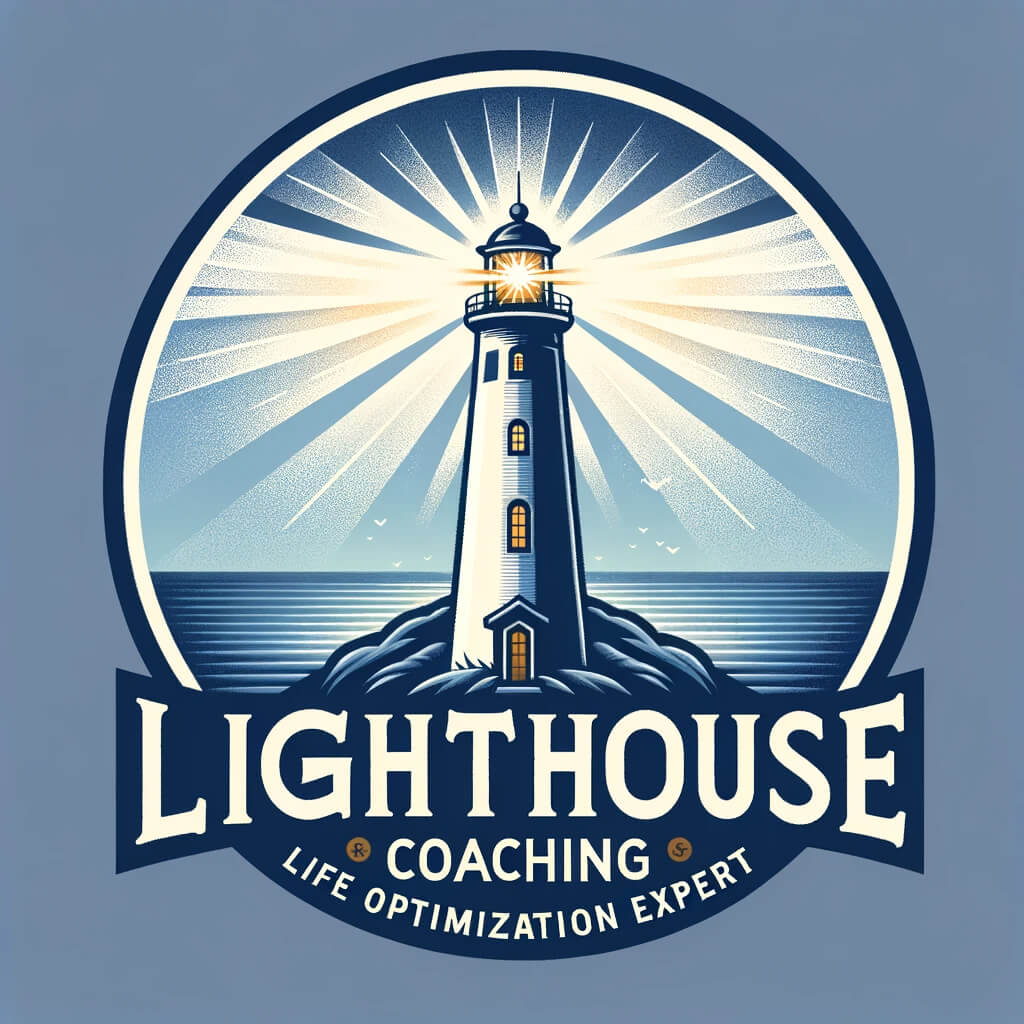


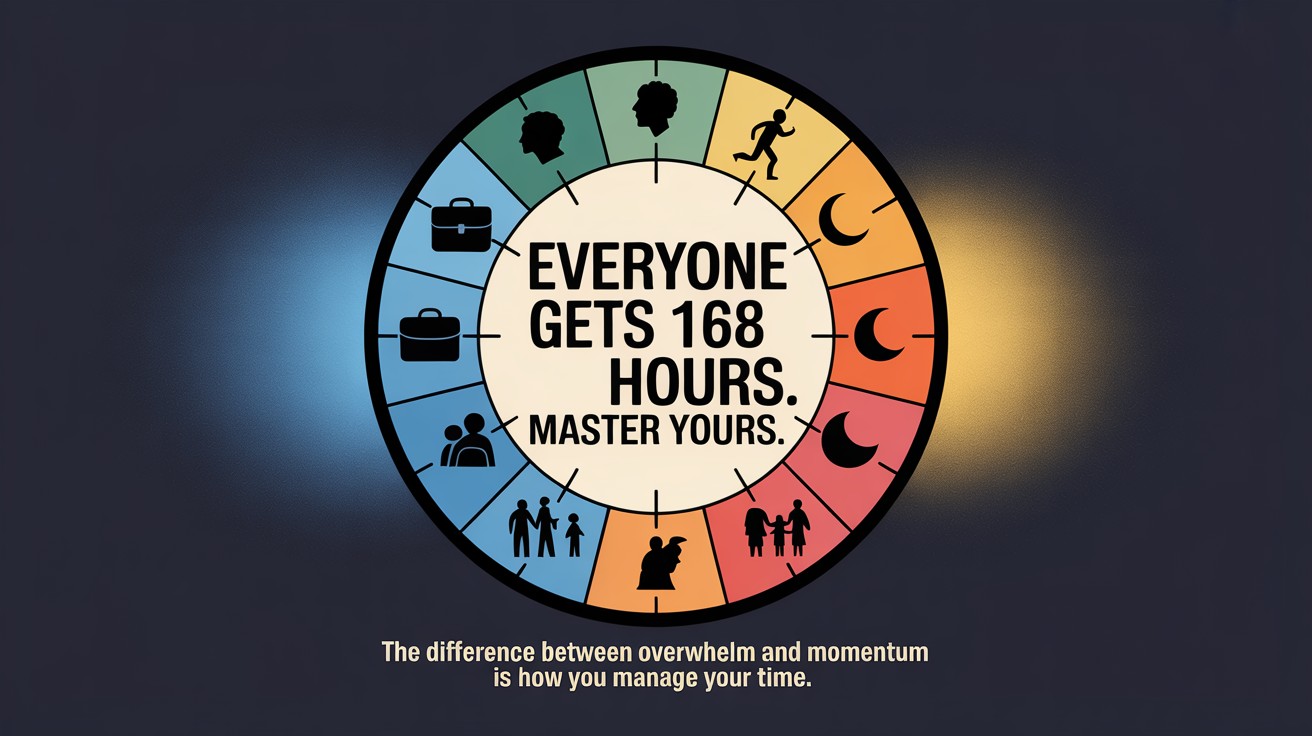
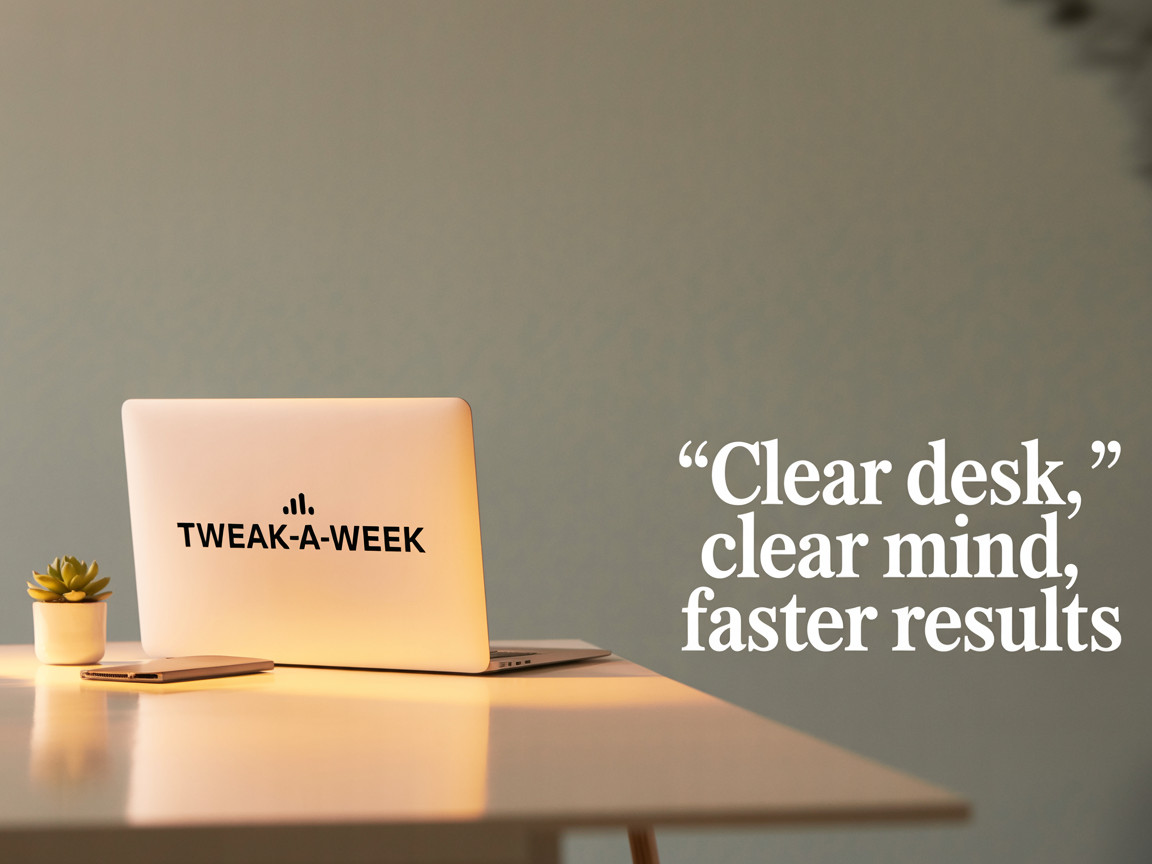
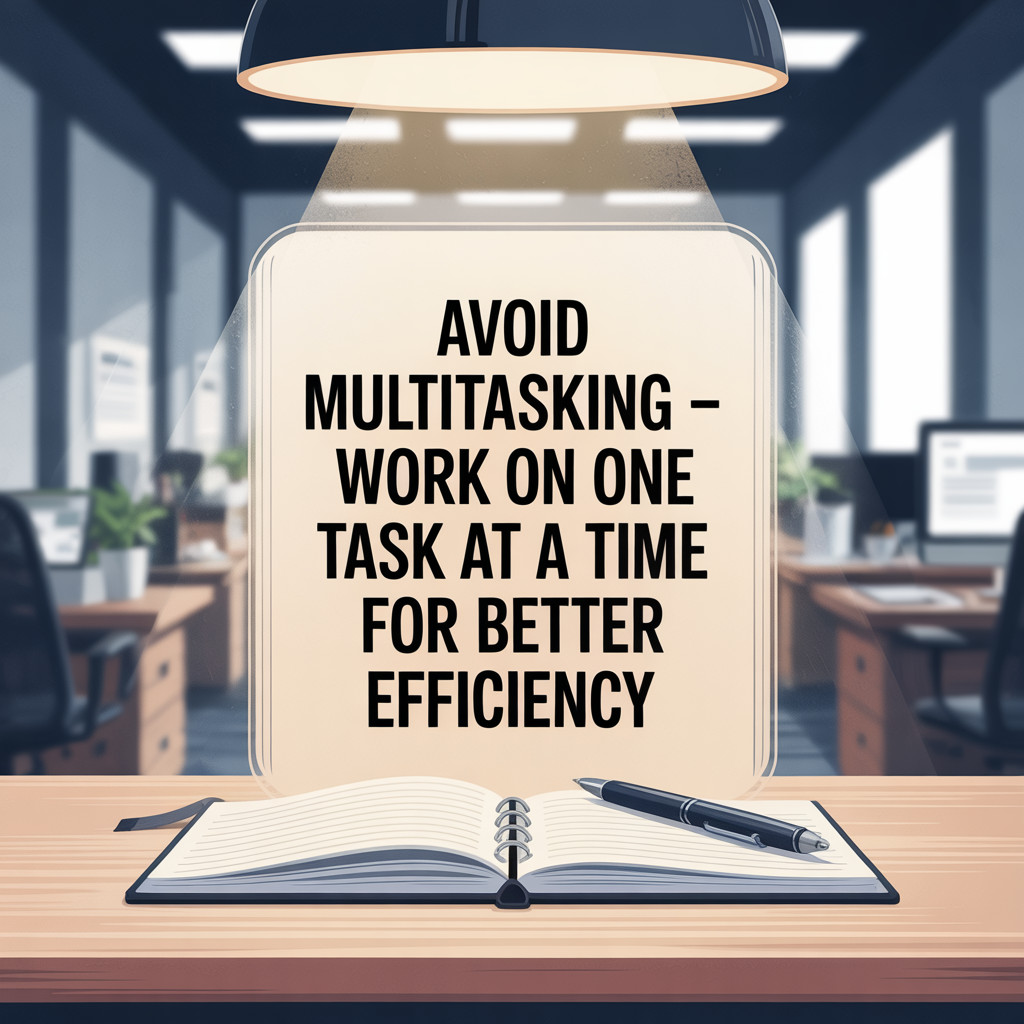
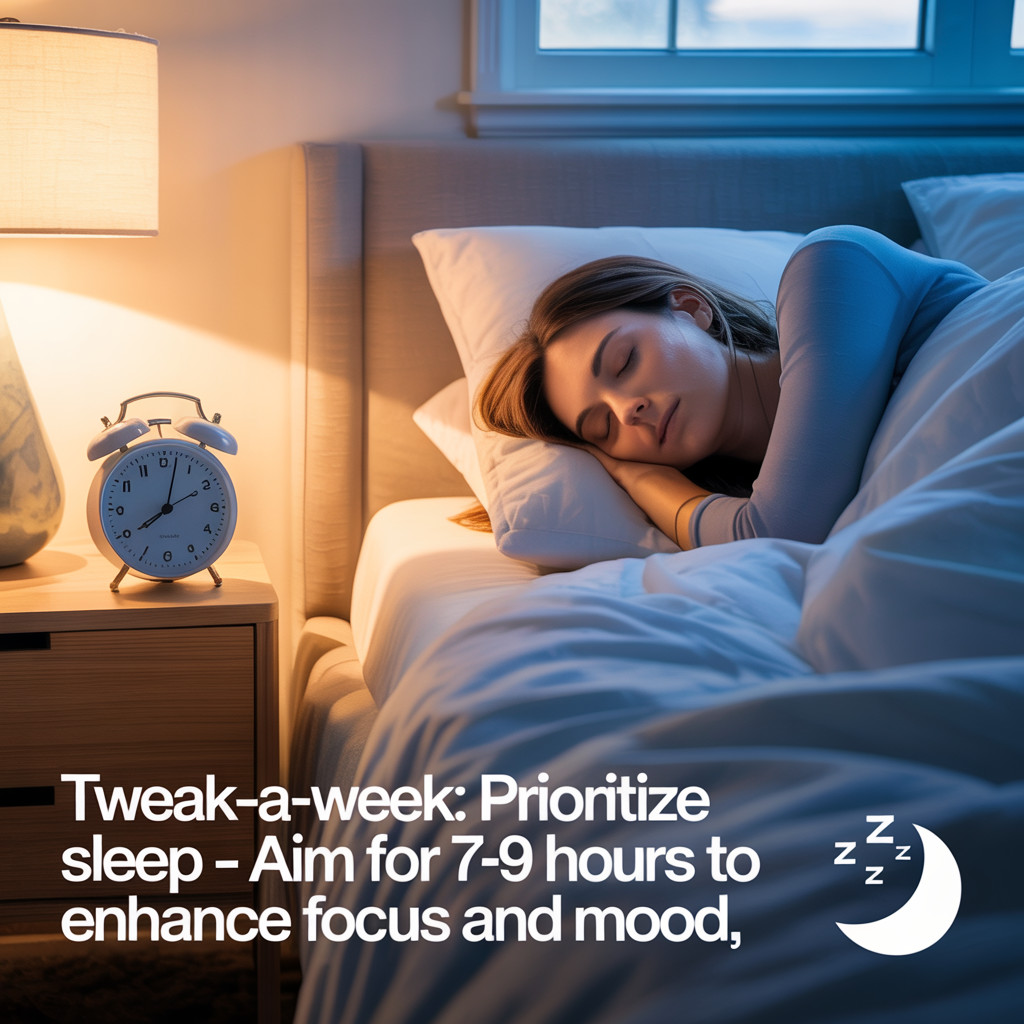
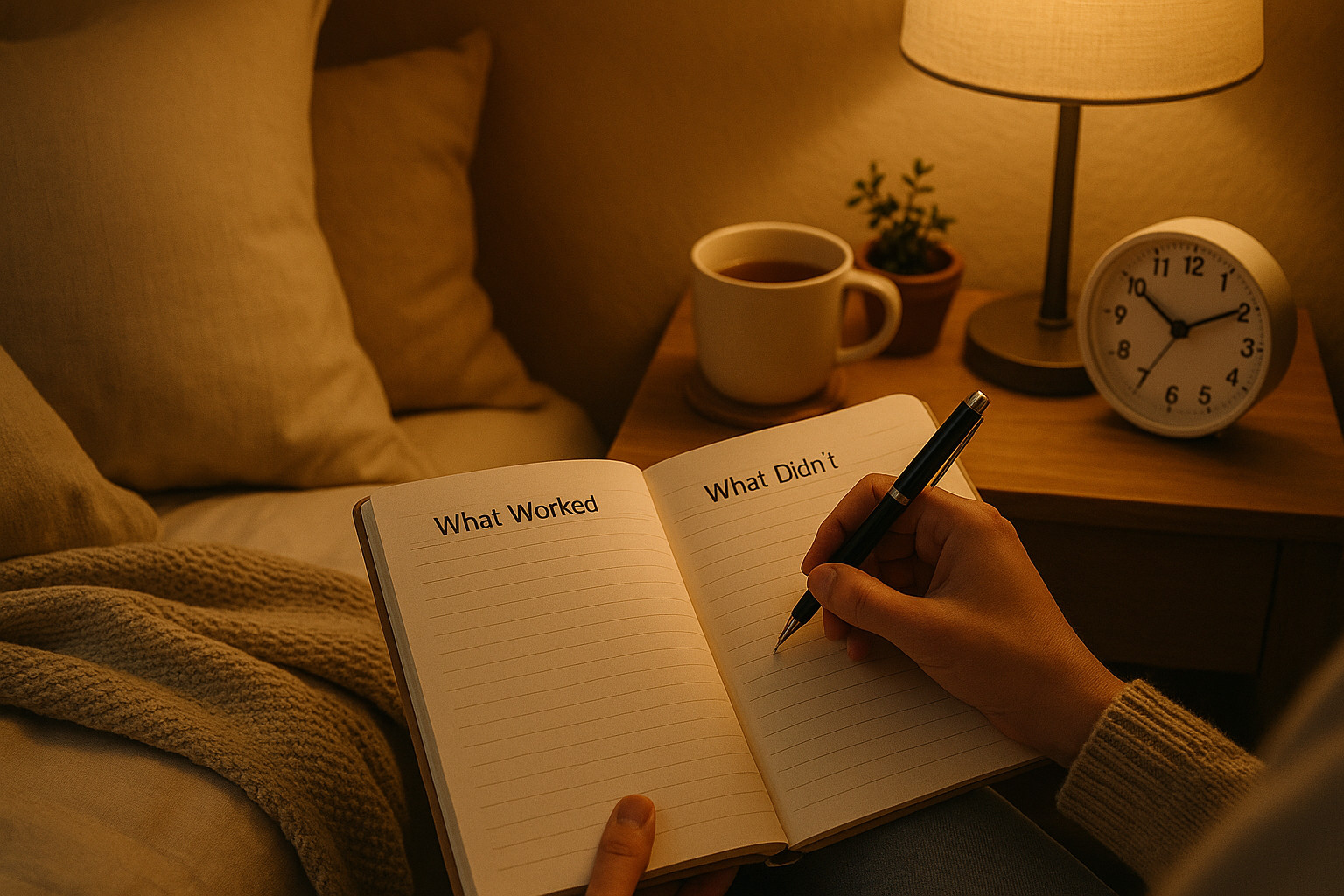
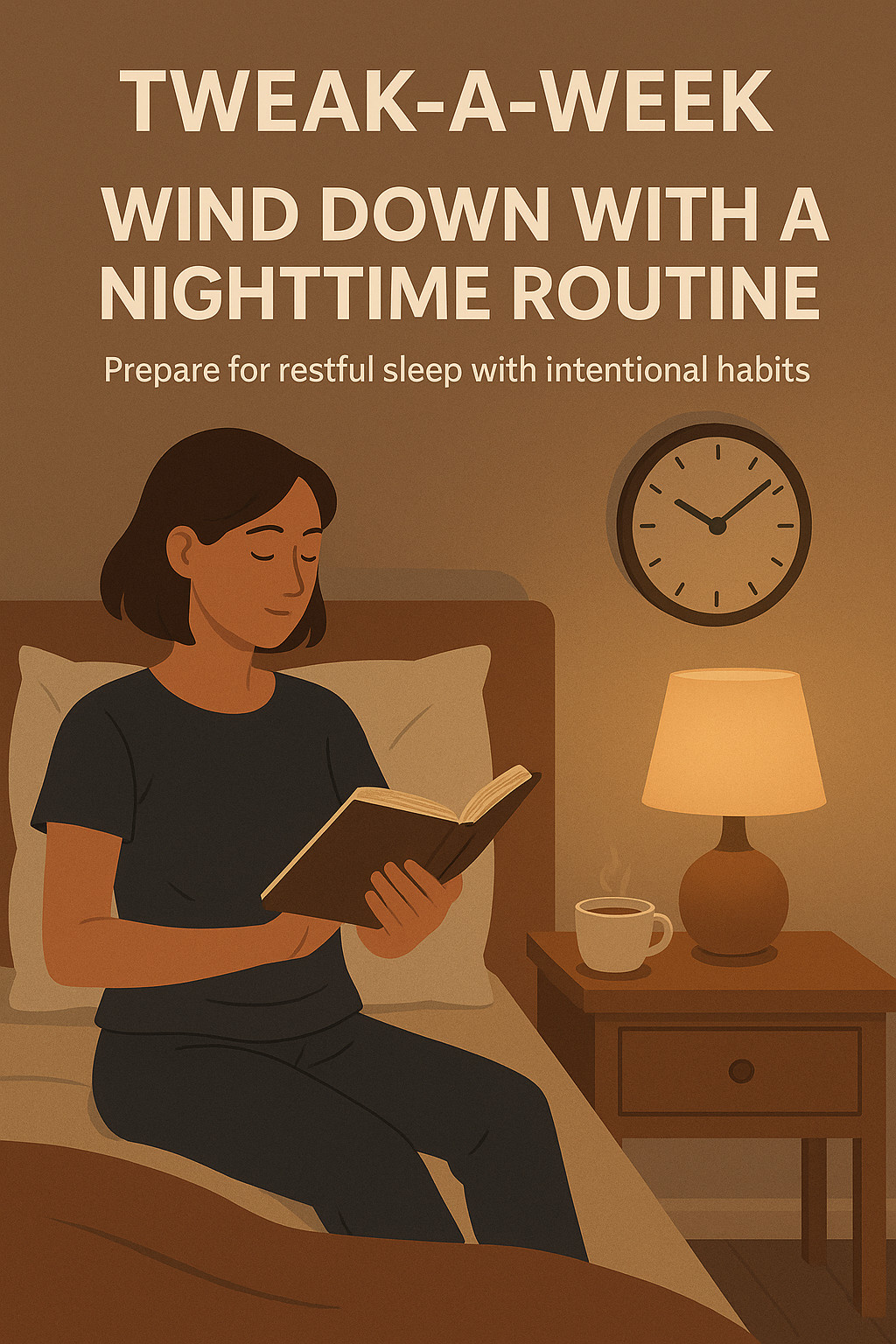
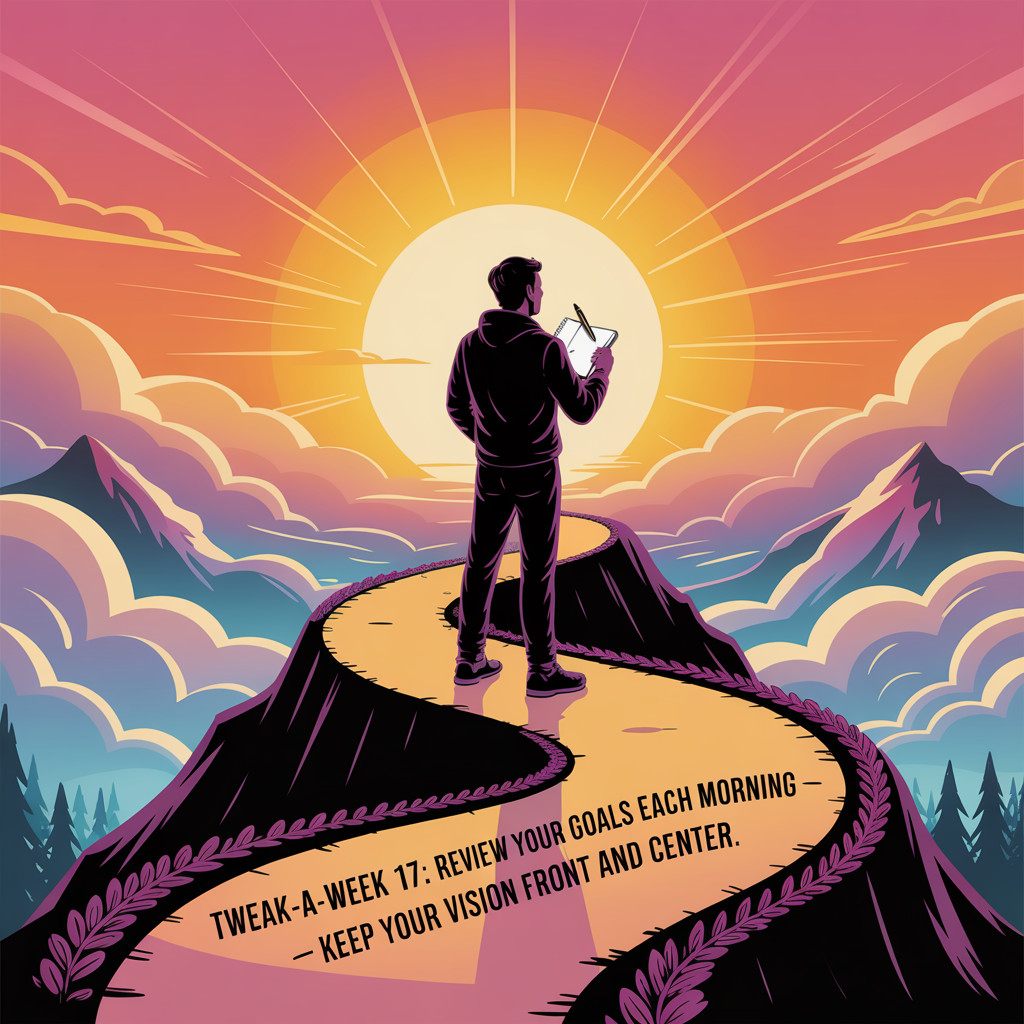


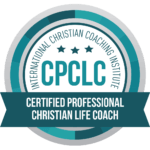 Introducing Scott, a Certified Professional Christian Life Coach (CPCLC) and a passionate advocate for life optimization. With his certification, Scott brings a wealth of knowledge and expertise to his role as a guide, helping individuals unlock their fullest potential by applying transformative, faith-based principles.
Introducing Scott, a Certified Professional Christian Life Coach (CPCLC) and a passionate advocate for life optimization. With his certification, Scott brings a wealth of knowledge and expertise to his role as a guide, helping individuals unlock their fullest potential by applying transformative, faith-based principles.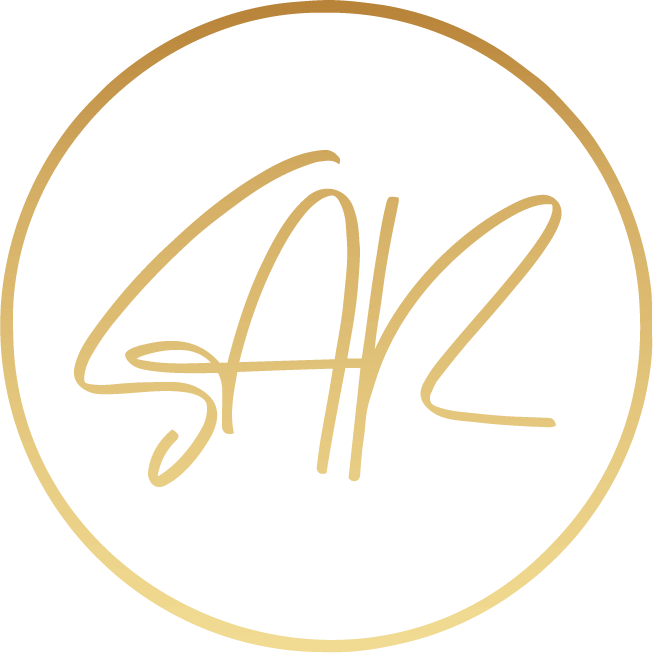
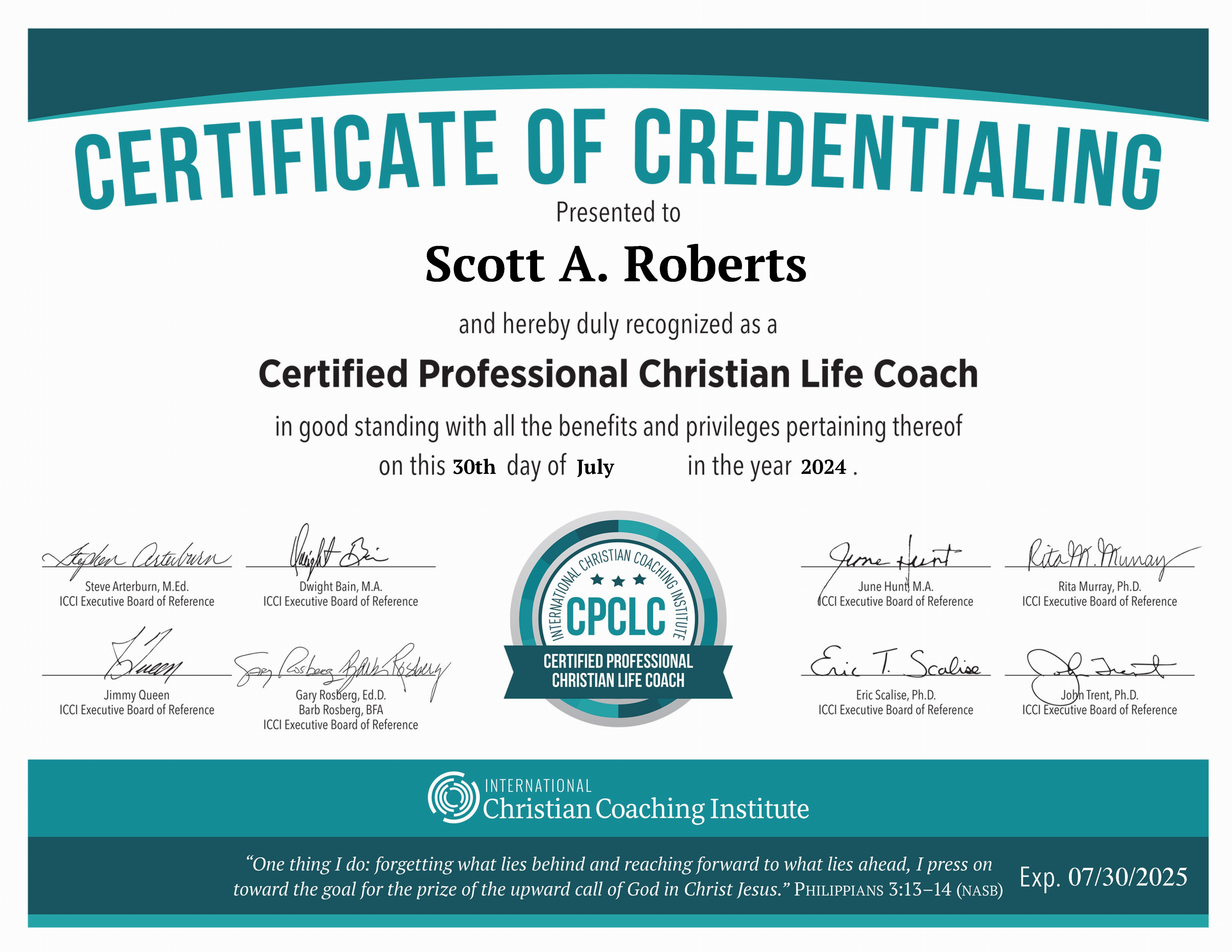
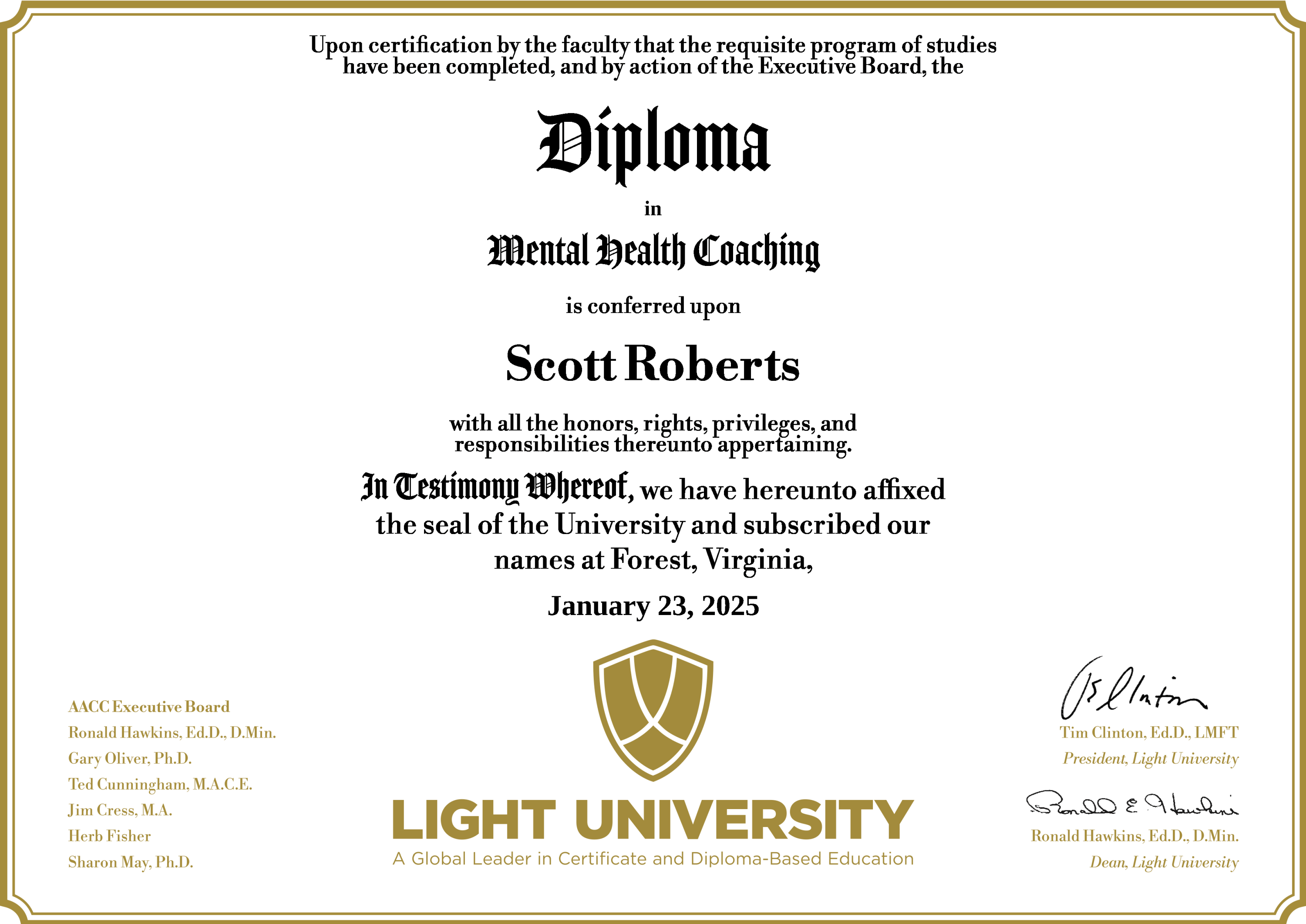
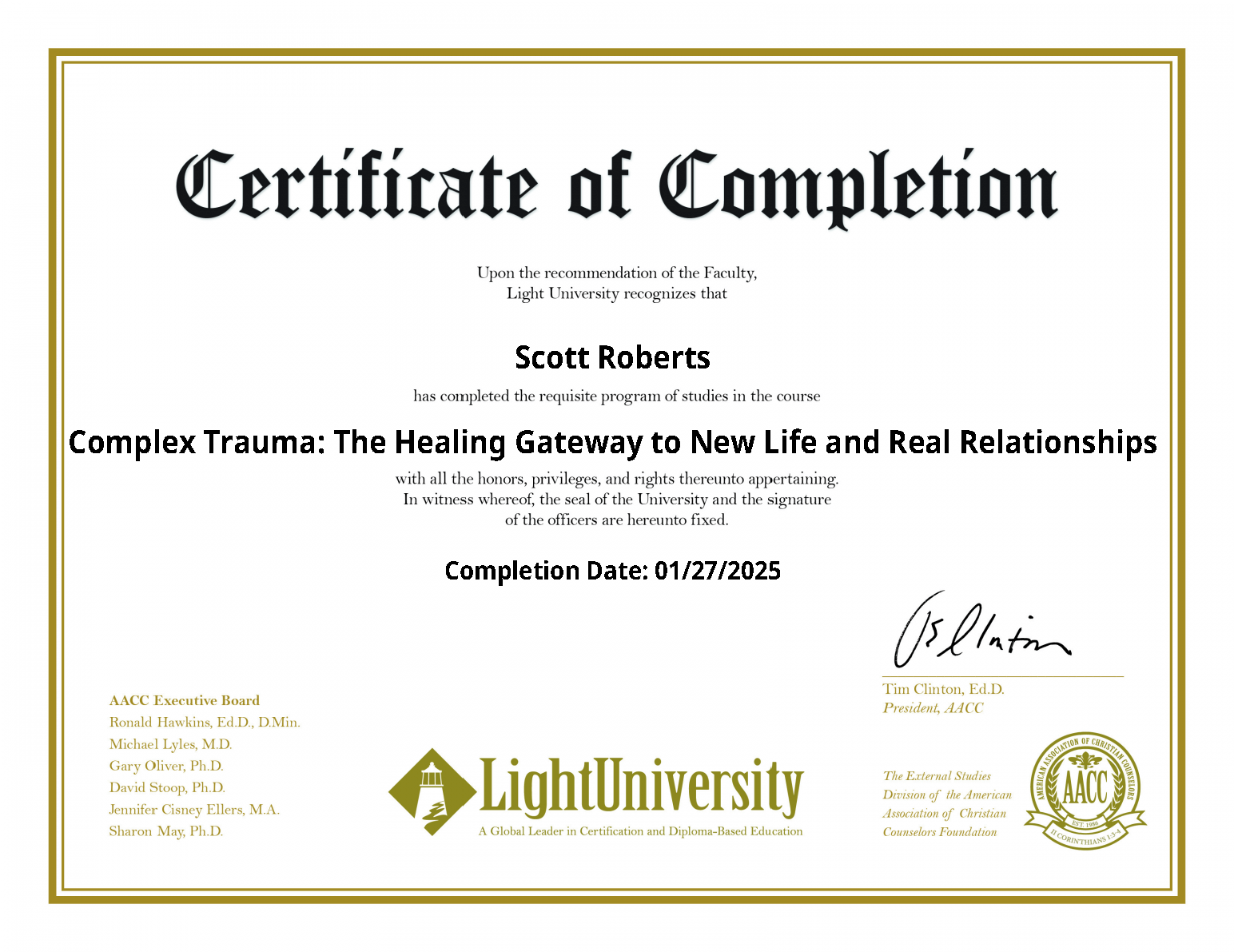
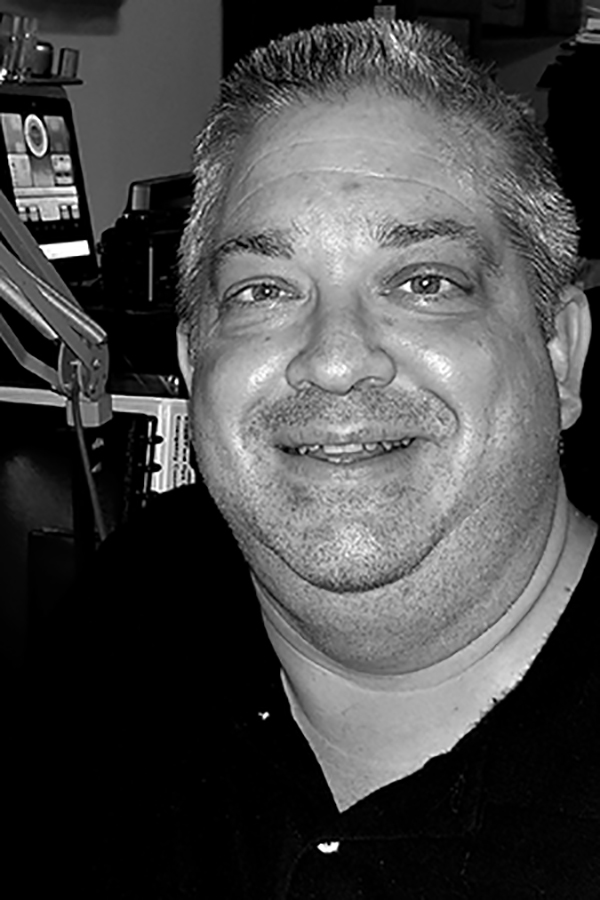
0 Comments